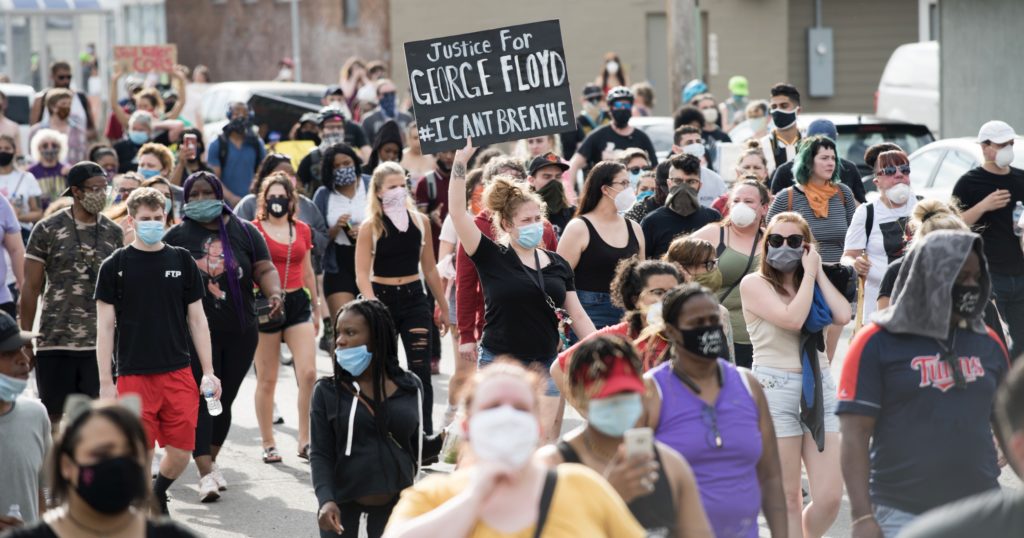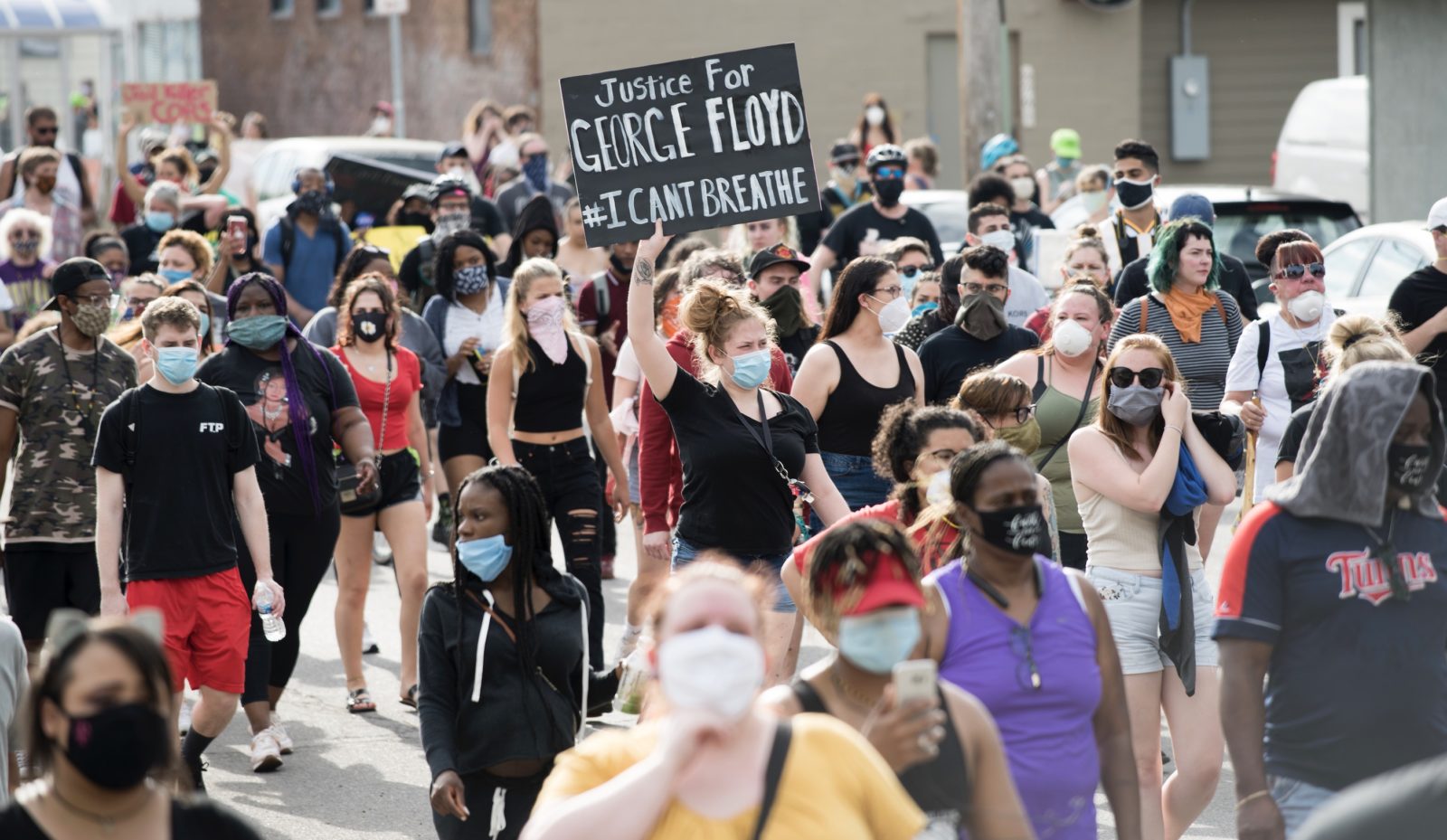Human Zoos — How “Science” Fueled the Racial Fire
Published at Evolution News
Scorching images from across the country fill our screens, a reminder that the racial past remains an unhealed burn in America’s present. The mood in our own area is shocked and anxious, as we watched violence and looting spread from Seattle to outlying cities like Bellevue and Tukwila. It is getting very close to home.
Some have called racism America’s historical “original sin.” Where did many white people of the past get the wicked idea that their lives matter more than black lives? The question is complex but, without doubt, Darwinian theory helped to fuel our present racial fire.
Comprehending the national burden of hatred is a task not only for scholars but for all Americans. So too with understanding the origins of the opportunistic criminality that has piggybacked on heartfelt protests against racism and police brutality. As others have pointed out, forcing young males to sit idle for months in an open-ended lockdown was to invite an eventual explosion. But the history, of course, goes back much further.
A Forgotten Legacy? No Longer
The pandemic has been a seminar on how science intersects with culture. Now add to that the cross-country chaos of the past few nights, a convulsion that has a stout tendril tracing back to scientific thinking. It’s a good time to review that legacy by watching the documentary Human Zoos: America’s Forgotten History of Scientific Racism, written and directed by Discovery Institute Vice President John West.
As Charles Darwin conceived it, evolution posits a racial hierarchy. That’s not surprising, since the theory sees all of life as a vast smudge, graduating from the simplest to the most complex animal life. In any hierarchy, someone has to be at the bottom. As Darwin stated explicitly in The Descent of Man, that place was occupied by Africans. For generations, American public school children learned from their biology textbooks the pseudoscience that Caucasians are more “advanced” on the evolutionary ladder than Africans. Yet this was the scientific consensus of its day. “Listen to the scientists,” I imagine that 19th- and 20th-century racists might have instructed us. In the multiple award-winning Human Zoos, Dr. West unearths a forgotten but instructive chapter in that painful history.
“Very Low in the Human Scale”
As Wesley Smith noted here the other day, “one of the tragic trends in thinking about evolution has been to blur the distinction between humans and animals. History warns us not to regard this lightly.” Indeed, dehumanizing Africans and others is not only part of America’s but of evolutionary biology’s terrible burden. Near the turn of the last century, in New York City, St. Louis, Seattle, and elsewhere, Africans and other native people were put on exhibit in zoos, as animals. Human Zoos recounts, among other heart-breaking stories, the life of African pygmy Ota Benga (1883-1916). He was bought in a slave auction and displayed in 1906 alongside an orangutan in the Monkey House at the Bronx Zoo. The organizers intended this as a lesson for the public illustrating the scientific truths of Darwinian theory. African-American clergy at the time spoke out against the insult to their dignity, only to be dismissed by the New York Times, which explained that “the pygmies … are very low in the human scale.”
That may seem long ago. But as Human Zoos also documents, present-day racists of the Alt-Right continue to drawn on Darwinian racial theory.
Over this past weekend, at the South Bronx intersection called The Hub, peaceful protesters called for racial justice, remembering George Floyd and his death at the end of Minneapolis police. I wonder how many who came out to demand life — “We deserve to live!” — also remembered the horrific injustice that occurred, in the name science, just a few miles away. Ota Benga’s own protest — “I am a man! I am a man!” — summarizes the very best message of the Black Lives Matter movement.
Human Zoos reminds us that this history must not be forgotten. What is going in our country at this moment can’t be grasped without it. Please consider sharing the film, already seen by nearly a million viewers on YouTube, with your friends and family.
Photo: A peaceful protest in Minneapolis, by Fibonacci Blue / CC BY.
